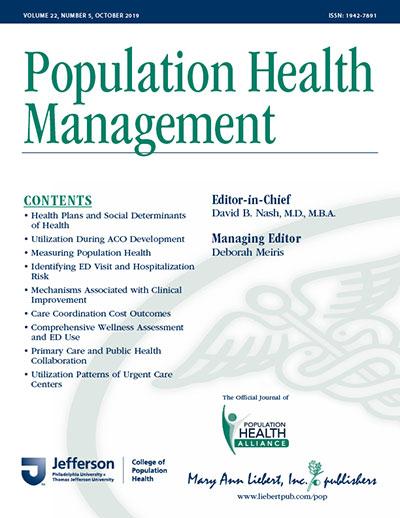Headline
This systematic literature review summarizes different approaches and criteria that can be used to identify patients with complex needs for health system interventions.
Context
Defining and identifying populations with complex needs are key steps to planning a complex care intervention, yet because of the heterogeneity of these patients, there is a wide array of identification approaches used by health care entities. This literature review summarizes different identification methods to provide insights on planning complex care programs.
Findings
Almost all of the included studies used a unique approach to identify patients with complex needs, but there were common groupings across interventions that included 90 different definitions of complex populations. Inclusion and exclusion criteria were grouped into six domains: health care costs, health care utilization, age, income, health conditions, and subjective methods such as provider referrals. Cost and utilization-based approaches were classified as stratification methods that categorized a population by risk level. The others (age, income, health conditions, and subjective criteria) were identified as segmentation and/or targeting approaches that aim to distinguish “homogenous groups of people with shared needs and characteristics or select patients specifically suited for an intervention.” Nearly 85 percent of the complex population definitions included cost- and/or utilization-based criterion.
Takeaways
The broad variation in identification and stratification approaches and differing definitions of complex needs populations creates ambiguity in the field, hindering the ability to draw generalizable conclusions about populations and programs. By considering a more standardized approach when defining complex patient populations, those in the complex care workforce can begin to promote a more consistent language to help further the field through comparable evidence. Similarly, individuals who publish papers on interventions can clarify their reasoning for choosing specific approaches for identifying patients with complex needs to help inform others in the field.

